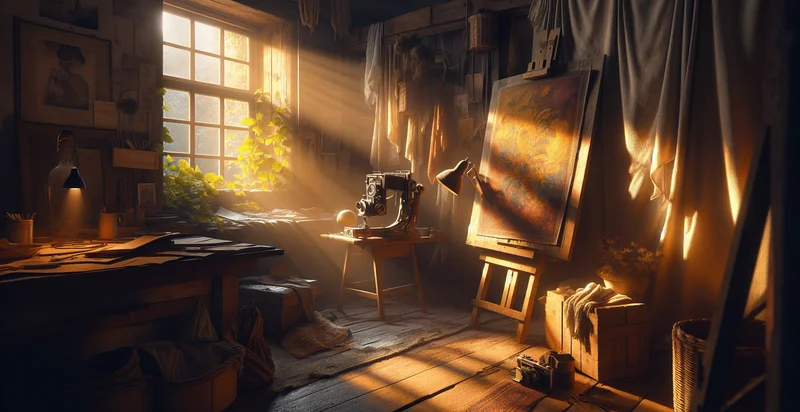Identify natural light level
using AI
Below is a free classifier to identify natural light level. Just upload your image, and our AI will predict the natural light level in the environment. - in just seconds.

Contact us for API access
Or, use Nyckel to build highly-accurate custom classifiers in just minutes. No PhD required.
Get started
import nyckel
credentials = nyckel.Credentials("YOUR_CLIENT_ID", "YOUR_CLIENT_SECRET")
nyckel.invoke("natural-light-level", "your_image_url", credentials)
fetch('https://www.nyckel.com/v1/functions/natural-light-level/invoke', {
method: 'POST',
headers: {
'Authorization': 'Bearer ' + 'YOUR_BEARER_TOKEN',
'Content-Type': 'application/json',
},
body: JSON.stringify(
{"data": "your_image_url"}
)
})
.then(response => response.json())
.then(data => console.log(data));
curl -X POST \
-H "Content-Type: application/json" \
-H "Authorization: Bearer YOUR_BEARER_TOKEN" \
-d '{"data": "your_image_url"}' \
https://www.nyckel.com/v1/functions/natural-light-level/invoke
How this classifier works
To start, upload your image. Our AI tool will then predict the natural light level in the environment..
This pretrained image model uses a Nyckel-created dataset and has 6 labels, including Abundant, High, Low, Minimal, Moderate and Very Low.
We'll also show a confidence score (the higher the number, the more confident the AI model is around the natural light level in the environment.).
Whether you're just curious or building natural light level detection into your application, we hope our classifier proves helpful.
Related Classifiers
Need to identify natural light level at scale?
Get API or Zapier access to this classifier for free. It's perfect for:
- Smart Home Automation: The false image classification function can enhance smart home systems by adjusting lighting based on the detected natural light levels. This ensures optimal light usage while minimizing energy consumption, improving user comfort.
- Agricultural Monitoring: Farmers can utilize this function to assess natural light conditions in greenhouses or fields. By identifying the level of natural light, they can optimize plant growing conditions, boost yield, and ensure better resource management.
- Retail Lighting Optimization: Retailers can implement the function to monitor natural light levels inside their stores. This information can lead to dynamic lighting adjustments, enhancing the shopping experience while reducing electricity costs through more efficient lighting management.
- Photography and Videography Assistance: Photographers and videographers can use this tool to determine optimal shooting times based on natural light conditions. By understanding light levels, they can plan shoots for the best possible outcomes, improving their content quality.
- Indoor Environment Monitoring: Businesses can deploy the function in office spaces to maintain a conducive work environment. By assessing natural light levels, they can ensure proper lighting conditions for employee productivity and well-being.
- Energy Efficiency Audits: Energy auditors can integrate the function into their assessments to evaluate the impact of natural light on energy consumption in buildings. This information can lead to better recommendations for energy-saving improvements.
- Urban Planning and Smart Cities: City planners can use this function to analyze natural light exposure in urban areas. Understanding light levels can aid in designing buildings and public spaces that maximize natural light, promoting sustainability and enhancing the quality of urban life.


